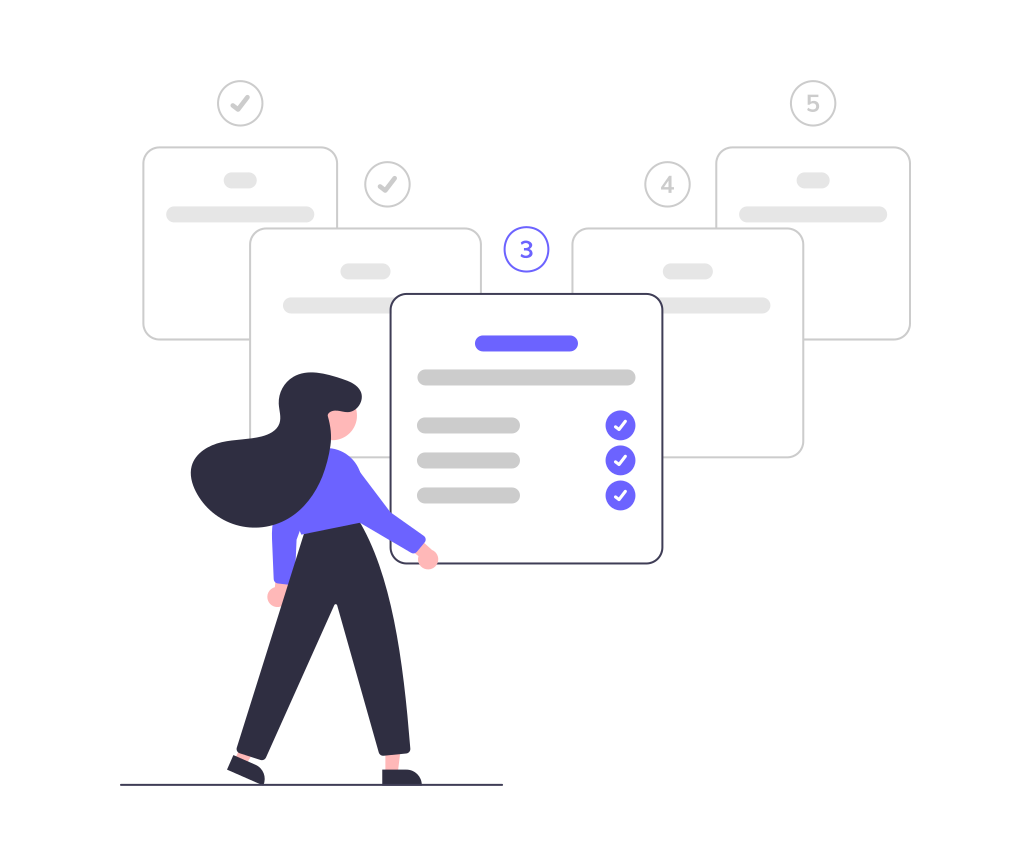In the ever-evolving landscape of digital marketing, understanding your audience is crucial. One effective way to gain deeper insights into your target market is through technographic segmentation. This approach focuses on the technology use and preferences of potential customers, allowing businesses to tailor their marketing strategies accordingly. This article will explore what technographic segmentation is, how it works, and provide real-world examples of its application.
Understanding Technographic Segmentation
Technographic segmentation is the process of dividing your audience based on their technology usage. This can include the types of software and hardware they use, the platforms they prefer, their tech adoption levels, and even their online behavior patterns. By understanding these aspects, businesses can create more personalized and effective marketing strategies that resonate with their audience's technological preferences.
Key Components of Technographic Data
- Software Usage: The specific applications and software tools used by an organization or individual.
- Hardware Preferences: Types of devices and equipment used, such as desktops, laptops, tablets, or smartphones.
- Technology Adoption Rate: The speed at which an individual or organization adopts new technologies.
- Online Behavior: Patterns and habits related to internet usage, including preferred browsers, websites, and online services.
Why Technographic Segmentation Matters
Technographic segmentation is essential for several reasons:
- Personalized Marketing: Allows for highly targeted and personalized marketing campaigns that speak directly to the technological preferences of your audience.
- Competitive Advantage: Provides insights that can help differentiate your products and services from competitors.
- Better ROI: Increases the efficiency of marketing spend by focusing on segments more likely to convert based on their technology use.
Real-World Examples of Technographic Segmentation
Example 1: B2B Software Company
A B2B software company wants to promote its new project management tool. By using technographic segmentation, they can identify businesses currently using outdated or competing project management software. Their marketing campaign can then highlight the advantages of switching to their new tool, such as improved efficiency, better integration with other popular software, and enhanced user experience.
Example 2: E-commerce Platform
An e-commerce platform aims to boost sales by targeting online shoppers. Through technographic segmentation, they discover that a significant portion of their potential customers use mobile devices for online shopping. Consequently, they optimize their mobile app, enhance mobile-friendly website features, and launch a mobile-specific marketing campaign, leading to increased engagement and sales.
Example 3: SaaS Provider
A SaaS provider offering cloud storage solutions can use technographic data to target businesses still relying on on-premise storage systems. By emphasizing the benefits of cloud storage—such as scalability, cost savings, and remote accessibility—they can effectively persuade these businesses to transition to their cloud-based services.
Example 4: Social Media Marketing Firm
A social media marketing firm can leverage technographic segmentation to tailor their services to businesses based on their social media usage. For instance, if a significant portion of their target market predominantly uses Instagram and TikTok, the firm can develop specialized marketing packages that focus on maximizing engagement on these platforms, rather than a one-size-fits-all approach.
How to Gather Technographic Data
Collecting technographic data can be done through various methods:
- Surveys and Questionnaires: Directly ask your audience about their technology preferences and usage.
- Website Analytics: Use tools to track visitors' technology usage patterns on your website.
- Third-Party Data Providers: Partner with firms that specialize in providing detailed technographic data.
- CRM Systems: Leverage customer relationship management systems to gather and analyze data on your customers' technology usage.
Implementing Technographic Segmentation
- Data Collection: Gather relevant technographic data from reliable sources.
- Data Analysis: Analyze the data to identify patterns and segments within your audience.
- Strategy Development: Develop marketing strategies tailored to each technographic segment.
- Execution: Implement targeted campaigns that resonate with the technological preferences of each segment.
- Monitoring and Optimization: Continuously monitor the performance of your campaigns and optimize them based on feedback and results.
Conclusion
Technographic segmentation is a powerful tool for modern marketers looking to enhance their targeting and personalization efforts. By understanding the technology usage patterns of your audience, you can create more effective marketing campaigns that drive engagement and conversions. Whether you’re a B2B software company, an e-commerce platform, or a social media marketing firm, leveraging technographic data can provide a competitive edge in today’s technology-driven world.


